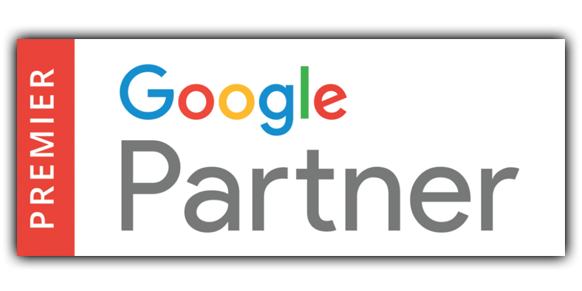Of the Two Paths to AdWords Reporting, Pick the Third.

It’s always fun for me when I have an opportunity to get out of the office and get in front of dealers. There’s so much to be said for eyeball-to-eyeball communication.
Such an opportunity just happened recently, and there were dealers present representing every one of the major OEMs, so it was a good forum for me to throw out marketing questions on lots of topics and get a lot of good (sometimes interesting) feedback as well.
Anyone who knows me at all, knows that I love AdWords* and love to talk about AdWords as a marketing tool because it just works so well when executed properly.
Naturally, a lot of discussions ended up being about AdWords…
It seems as though companies who provide AdWords account management fall into one of two major groups based on the 150 or so dealers I spoke with.
The first group of providers seem to have a very interesting business model. They sell you on an AdWords program, provide you little to no reporting or communication, and send an invoice (or auto bill a credit card) each month hoping you just pay and don’t notice. It’s a weird relationship between client and provider, kind of like when Baptists run into each other in the liquor store – don’t make eye contact or speak. Not a particularly healthy relationship and certain not to have quality results.
The second group of providers does what Avinash Kaushik (recognized as one of the leading Google analytics gurus in the world) refers to as a monthly “data puke.” They bolt on some kind of reporting tab (if done by a website provider) or give access to a report, or send over a report that has so much information that the readers eyes almost immediately glaze over. These reports are fun to look at for a few seconds – maybe even for the first two or three times they are received, but getting data for data’s sake isn’t beneficial. We want MEANINGFUL data – data that tells us something, and helps to point our efforts at making our websites do what they are supposed to do, become an online showroom and generate leads/income instead of act as an online brochure.
This model results in a really interesting phenomenon that is a bit of a head-scratcher for me.
When probed about the value and results of the campaigns, most of the responses can be boiled down into something along the lines of, “There’s a crazy number of charts and graphs, lists of numbers and words, so I feel like it must be working.” “Also, there’s so much information here that it’s intimidating to try and ask questions to sort it all out.”
AdWords is a big animal, and running campaigns is complex if done properly. Because of this, you can generate a seemingly endless parade of reports that can show you more dimensions of what is going on than most people can imagine.
But that’s not the magic of AdWords.
The magic happens when you sift through the irrelevant data and are able to pull out actionable nuggets that give insight needed to improve website results.
With good actionable reporting, it’s possible to see how (and when) people are getting to your site, where they came from, where they are going once they get there, and where they are leaving. Using this info, it’s possible to make changes to the content or layout of a page, increasing conversions (and dollars). Properly bolting on Analytics with solid conversion/goal reporting allows us to see the ROI generated by your web site so that you know the money you are spending on BOTH AdWords and your website are dollars well spent.
The point is, as I’ve always said, your website isn’t supposed to be a set-it-and-forget-it static brochure. It’s a living, breathing, entity – just like your physical location that changes when the market does. AdWords (and Analytics) allows you to supervise your digital showroom and see what traffic is doing (like you do in your physical dealership), what they are interested in, what products they linger on or avoid. And with properly set up AdWords and Analytics, you can make the same kinds of adjustments in your digital showroom that you do in your physical one.
If you feel as though you might fall into one of the two groups I mentioned above, we can show you a different approach that can raise the bar on your website performance, just give us a call – and also plan to attend our Fall Marketing Boot Camp in October and spend three intense days with dealers from all across the country learning about and discussing marketing best practices for your dealership. Get more info about the Boot Camp at PowersportsMarketing.com/Boot-Camp.
Talk soon,
Brad
* AdWords (Google AdWords) is an advertising service by Google for businesses wanting to display ads on Google and its advertising partners. This is also known as Search Engine Marketing (SEM) and Pay-Per-Click (PPC) advertising.


